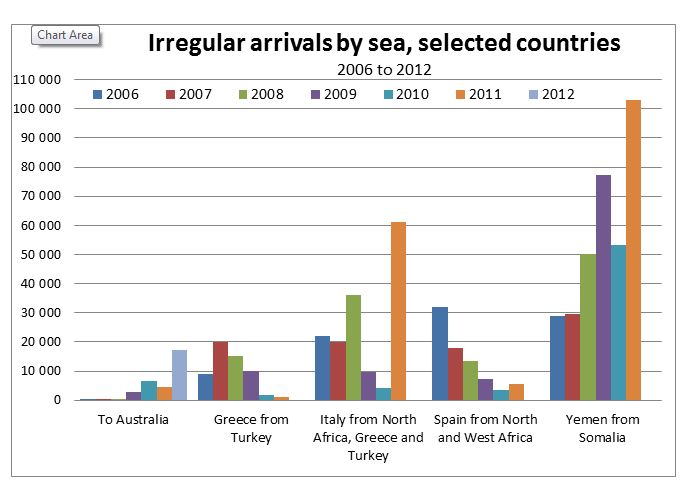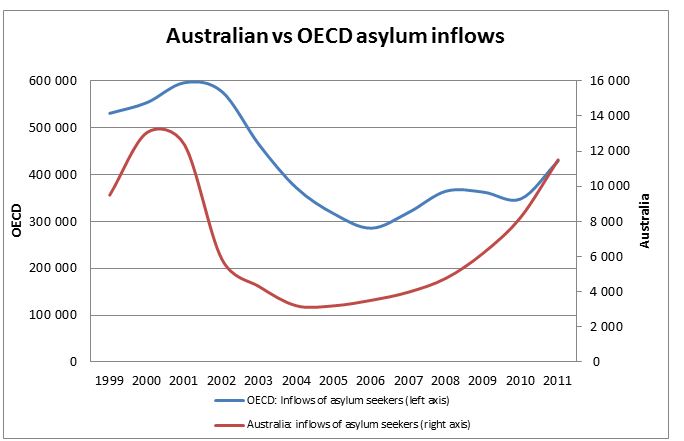The Commonwealth and the States will blame each other for failure to agree on Gonski ‘light’. It is a pattern we have seen so often over many years, particularly in health.
Federalism is just not working for us. It has become an obstacle to good government. The Commonwealth financial dominance will continue. The States are poor but proud and reluctant to concede jurisdiction.
Kevin Rudd threatened to hold a referendum in association with the 2010 election to give the Commonwealth power to fund and run State public hospitals. But he was persuaded not to persist as it was very likely that a referendum would fail. The Government’s health ‘reforms’ have since turned out to be a continuation of the muddle or a ‘dog’s breakfast’ as Tony Abbott used to describe divided responsibility and the blame game in health.
But I suggest a compromise is possible that would improve the funding and operation of schools in Australia. We should establish a Joint Commonwealth/State Schools Commission in any State where the Commonwealth and a State Government could agree. It would require the political agreement of the Australian Prime Minister and at least one State Premier to get the ball rolling in a particular State. With political will such a Joint Schools Commission (JSC) would be relatively easy to establish. Hopefully with success in one State/Territory, others would follow.
In my view, a Commonwealth takeover of Commonwealth funding and management of all schools in Australia would be the best course, but it is just not politically possible.
The key features of a Joint Schools Commission in any State would be:
- The JSC would consist of say three Commonwealth and three State representatives with an independent Chair from outside the State who would be appointed by the Federal and State Ministers for Education.
- The JSC would pool all school funding from both the Commonwealth and State Governments. There would in effect be a single funder in the State.
- The JSC would have a clear governance role in the coordination of all school funding, its distribution and oversight within the state
- Existing providers-public, private and Catholic – would continue to operate and provide services within the JSC state wide plan.
- The administrative funding for the JSC would be kept to a minimum consistent with the JSC’s essential but limited responsibilities. The small increase in bureaucracy must be strictly contained. It would however be a small price to pay for improved state-wide funding, governance and performance monitoring of schools.
- The JSC would be guided by principles agreed by the Commonwealth and the State Minister for Education, e.g. equal opportunity for all children, social solidarity and subsidiarity whereby administration would be as local as possible consistent with State-wide standards.
- There would be maximum transparency in the work and reporting of the JSC in order to involve public comment and public confidence in the process. There would need to be agreed dispute resolution procedures.
Under such a proposal we would still have separate JSCs in each State/Territory. But it would be a significant advance on the divided responsibility and blame-game that dogs federalism in Australia
With political goodwill between the Australian Prime Minister and at least one State Premier, I suggest that these bilateral type arrangements are the best and perhaps the only way forward to improve governance and funding for all our school children within a particular state.
The Commonwealth Government should not provide any additional funding to the States except through an agreed JSC.
Six years ago, I proposed a similar arrangement to address the blame game in health . I called my proposal a ‘Coalition of the Willing’. (See publish.pearlsandirritations.com, Click on ‘health’, March 2007) That proposal could be updated and applied in a Joint Schools Commission in any State where there is political agreement.
John Menadue

